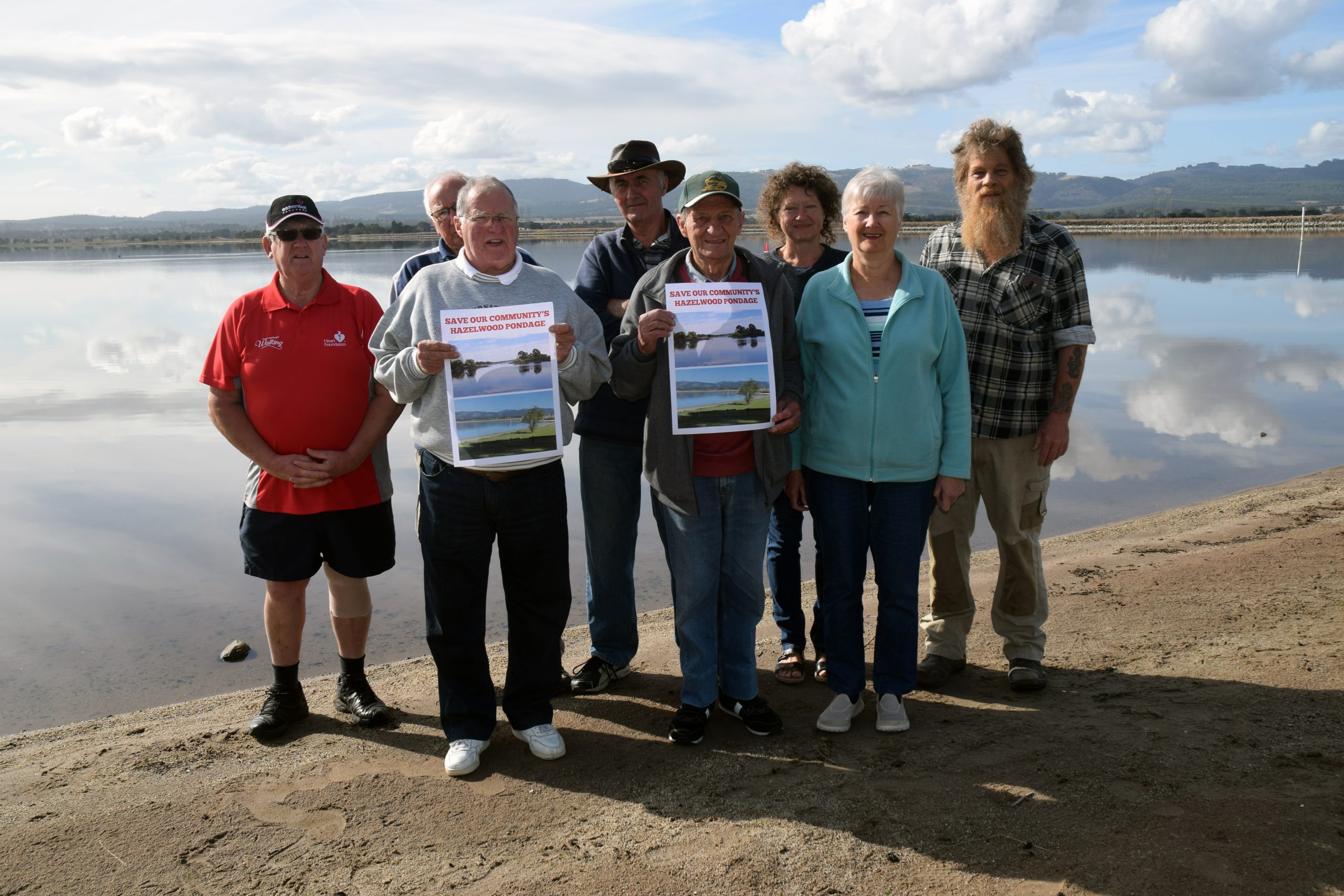A State Government review has proposed a radical shift to protect the Leadbeater’s possum, arguing that changing to landscape planning would be a better management tool than the current timber harvest exclusion zones (THEZ).
This is despite the review finding that use of the 200-metre THEZs had helped conserve the possum, but has also cost the Gippsland timber industry millions of dollars.
The report into the effectiveness of THEZs, prepared by the Department of Environment (DWELP), recommends changing to a strategic landscape-scale planning to better manage and recover threatened species such as the Leadbeater’s possum.
“A landscape scale approach that moves away from the use of detection-based prescriptions will also provide greater certainty and reduced costs to industry,” the report says.
The Heyfield sawmill and Australian Paper in the Latrobe Valley are the companies most affected.
The report also recommends reviewing THEZs and other existing Special Protection Zones (SPZ) in the Central Highlands to optimise the availability of timber availability, and protect the Leadbeater’s possum, threatened species and other forest values.
However in the interim, the 200-metre THEZs should be continued.
After more surveys, the report says the Central Highlands State forest zoning scheme, including the THEZ, should be reviewed. This would take into account new information and changes in the forest since the Leadbeater’s possum reserve system was set up in 2008.
“Efficiencies should be sought across protections for all threatened species and other values such as recreation and water supply,” the report says.
Other recommendations include:
*Review how the THEZ is applied to reduce unnecessary direct impacts on the timber industry while adequately protecting the LP.
*Do further studies in parks, reserves and timber harvesting areas to improve knowledge of the LP.
*Further develop species models to improve forest management planning and conservation management.
The report found that the THEZs have protected 436 extra possum colonies since 2013-14, with an additional 4046 hectares of state forest reserved in SPZs.
“Without this protection, many of these possum colonies may have been at risk from timber harvesting,” the study says.
The THEZs have increased the formal reserves for the possum by 13 per cent to 34,566ha. However the possum is still at risk of extinction due to future bushfires and until the 1939 regrowth developed habitat hollows by 2050-70.
The review says the THEZs have reduced the area available to industry by 3134 ha. Of this, 37 per cent or 1171 ha is 1930-39 regrowth, the main age class being harvested.
VicForests estimated that by 2030, this would result in a loss of revenue from sawlog harvesting of $14.77 million. The THEZs had also cost VicForests an extra $5.574 million in road construction, and reduced sustainable sawlog levels by 11 per cent from the level forecast in 2013.
This included 7000 cubic metres per year from THEZs established up to November 2015 and 18,000m3 per year from THEZs projected to be created from November 2015 into the future.
“The largest impact is resource isolation, including forest areas adjacent to the THEZs becoming more difficult and in some cases, uneconomic to access,” the report says.











